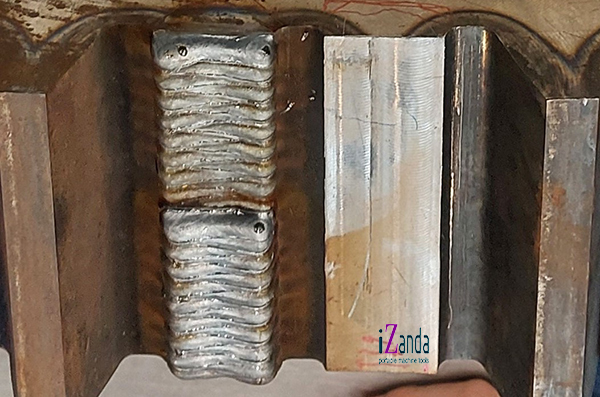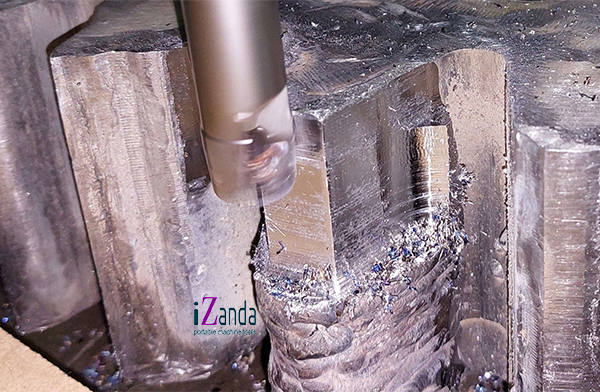What is Wire Arc Additive Manufacturing (WAAM)?
Wire Arc Additive Manufacturing (WAAM) is an additive manufacturing process used to construct three-dimensional objects by depositing metal in successive layers.
Unlike other 3D printing technologies that often use polymers or resins, WAAM employs metal as the building material.
The development of Wire Arc Additive Manufacturing is driven by the need to enhance efficiency in manufacturing mechanical engineering structures.
Its capability to produce preforms very close to the final shape without the need for complex tools, molds, or dies offers the potential for significant cost reduction and lead time, increased material utilization efficiency, improved component performance, and decreased inventory and logistics costs through local and on-demand manufacturing.
Advantages associated with Wire Arc Additive Manufacturing
Speed and efficiency: WAAM is a rapid process compared to some other additive manufacturing technologies. It can efficiently build large parts.
Wide variety of materials: WAAM can utilize a broad range of metallic materials, making it suitable for applications requiring high strength and durability.
Waste reduction: As WAAM incrementally adds material, there is less material waste compared to other manufacturing processes.
Customization and complex design: WAAM enables the fabrication of customized parts and the creation of complex geometries that would be challenging to achieve with traditional manufacturing methods.
Repair and restoration: WAAM is also used to repair and restore worn or damaged parts instead of completely replacing them.

Wire Arc Additive Manufacturing (WAAM) Based on Machine Tools: The Future of Manufacturing
What is Machine Tool-Based WAAM?
Machine Tool-Based WAAM is an advanced form of additive manufacturing that integrates WAAM technology with conventional machine tools. Instead of using separate machines for additive manufacturing and material subtraction, Machine Tool-Based WAAM combines both processes into a single system.
This means that, apart from additively building metal layers, it’s also possible to perform machining and finishing operations on the same parts, offering significant advantages in terms of efficiency and flexibility.
Advantages of Machine Tool-Based WAAM
Process integration: One of the main advantages of Machine Tool-Based WAAM is the ability to combine additive manufacturing and subtractive manufacturing in a single workflow. This allows for the creation of parts with complex features and high-quality finishes, which would be difficult to achieve using traditional methods.
Time and cost savings: By eliminating the need to transfer parts between machines for post-machining, time is saved, and the possibility of errors is reduced. This translates to reduced manufacturing costs and faster delivery times.
Material optimization: Machine Tool-Based WAAM allows for the creation of internal geometries and customized support structures, leading to more efficient material usage. This is particularly valuable in aerospace and automotive applications where weight reduction and performance optimization are sought.
Design flexibility: The combination of additive and subtractive manufacturing offers greater flexibility in part design. It’s possible to create complex shapes and internal features that would be difficult or impossible to achieve with conventional methods.
Waste reduction: By avoiding excess material and reducing the need for spare parts, Machine Tool-Based WAAM contributes to waste reduction and promotes sustainable manufacturing practices.

Example of Additive Manufacturing








